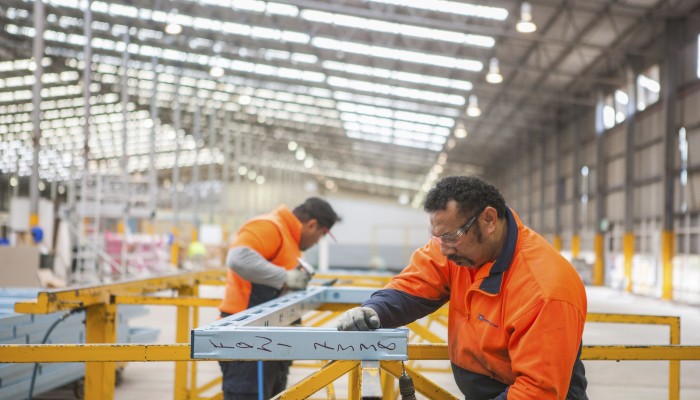
Common myth about modular constructed buildings and what you really need to know
As the benefits of modular construction become well known, one of the most common myths is they do not meet the same construction standards as traditional builds, however, that is simply not the case.
Without being too technical, the simple answer is modular buildings by law must be designed and constructed to meet:
- the National Construction Code requirements
- applicable Australian Standards and state building codes.
It is interesting to note these are the same standards that are used to inspect and approve all buildings using traditional on-site methods in Australia.
Still need reassuring that modular constructed buildings are safe?
It is important to know that modular designs and final buildings are inspected and approved based on legislative codes such as:
- Structural design
- Foundation
- Means of egress
- Fire and smoke protection
- Life safety systems
- Electrical, mechanical, and plumbing
- Accessibility
- Energy conservation.
Inspections are completed at the time of manufacture, and buildings are evaluated following the codes applicable to the location where the building will be installed. For example, if your modular building will be installed in New South Wales but is built in Queensland, it will be inspected to meet all building code requirements for the state where it resides.
Ausco’s process to ensure we meet building code requirements
Stage 1 - when modular construction designs are complete, the drawings and specifications are completed by our in-house team and then sent to third-party engineers for review and approval.
Stage 2 - throughout the manufacturing phase, inspections are completed as the building modules move down the assembly line. When construction is complete, the modules undergo inspection to ensure they are compliant. Once approved, proof of compliance is applied to each module, and then they can be transported to the site.
Stage 3 - when the building is assembled on-site, a final inspection will take place before the owner takes occupancy.
The bottom line is that modular buildings undergo extensive review and compliance, resulting in a product that is as durable, safe, and well-constructed as traditionally built buildings.
For more information about modular construction, please submit an enquiry or call 13 62 11.


